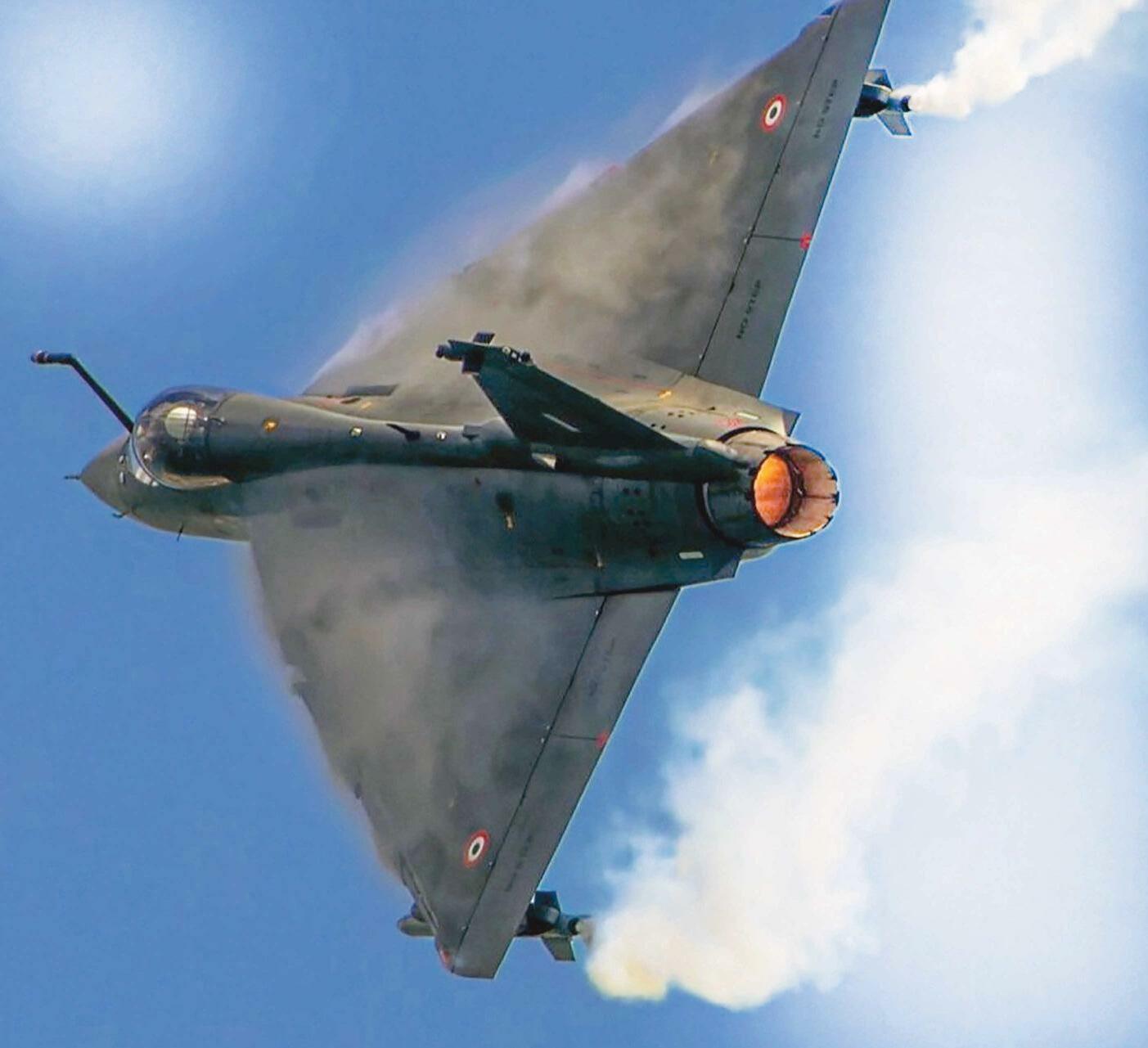
An Indian Air Force MiG-25, then billed as the world’s fastest and highest-flying fighter-reconnaissance aircraft, and a spy plane of the Aviation Research Centre (ARC), picked up several high-value targets during the Kargil conflict of June 1999. The aerial photos guided IAF fighter pilots and the Army’s Bofors gunners onto targets and contributed significantly to the success of the subsequent infantry assaults against features such as Tiger Hill.
Two months later, as a Pakistan Navy Atlantique reconnaissance plane snooped into the airspace over India’s Rann of Kutch in Gujarat, an IAF MiG-21 Bis shot it down in what could be considered the first instance of active coercion by the IAF in a no-war-no-peace situation. Three years later, at the height of Operation Parakram—launched following the attack on the Parliament by Jaish-e-Mohammad terrorists— IAF Mirages attacked two heights in Neelum-Gurez, about 800m inside Indian territory that had been stealthily occupied by Pakistan’s SSG commandos. No ground action was required to evict the intruders.
The last sensational attack on India’s security forces by jihadis was the Pulwama attack in 2019. The hitback by India was sharp with a punitive air strike on the jihadi nursery at Balakot in February 2019, followed by a short and fiercely contested dogfight between the IAF and PAF fighter planes over the Jammu and Kashmir skies. The Army’s Special Forces had earlier carried out shallow strikes on terrorist camps in Pakistan-occupied Kashmir in 2016 after the Uri terrorist attacks. The coercive impact of air power and special forces capability has since deterred Pakistan’s deep state from launching any major jihadi strikes on Indian territory.
This story is from the {{IssueName}} edition of {{MagazineName}}.
Start your 7-day Magzter GOLD free trial to access thousands of curated premium stories, and 9,000+ magazines and newspapers.
Already a subscriber ? Sign In
This story is from the {{IssueName}} edition of {{MagazineName}}.
Start your 7-day Magzter GOLD free trial to access thousands of curated premium stories, and 9,000+ magazines and newspapers.
Already a subscriber? Sign In

What Will It Take To Clean Up Delhi Air?
IT IS ASKED, year after year, why Delhi’s air remains unbreathable despite several interventions to reduce pollution.

Trump and the crisis of liberalism
Although Donald Trump's election to a non-consecutive second term to the US presidency is not unprecedented—Grover Cleveland had done it in 1893—it is nevertheless a watershed moment.

Men eye the woman's purse
A couple of months ago, I chanced upon a young 20-something man at my gym walking out with a women’s sling bag.

When trees hold hands
A filmmaker explores the human-nature connect through the living root bridges

Ms Gee & Gen Z
The vibrant Anuja Chauhan and her daughter Nayantara on the generational gap in romance writing

Vikram Seth-a suitable man
Our golden boy of literature was the star attraction at the recent Shillong Literary Festival in mysterious Meghalaya.

Superman bites the dust
When my granddaughter Kim was about three, I often took her to play in a nearby park.

OLD MAN AND THE SEA
Meet G. Govinda Menon, the 102-year-old engineer who had a key role in surveying the Vizhinjam coast in the 1940s, assessing its potential for an international port

Managing volatility: smarter equity choices in uncertain markets
THE INDIAN STOCK MARKET has delivered a strong 11 per cent CAGR over the past decade, with positive returns for eight straight years.

Investing in actively managed low-volatility portfolios keeps risks at bay
AFTER A ROARING bull market over the past year, equity markets in the recent months have gone into a correction mode as FIIs go on a selling spree. Volatility has risen and investment returns are hurt.